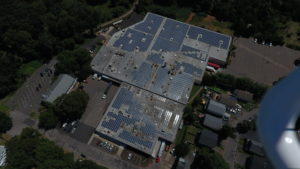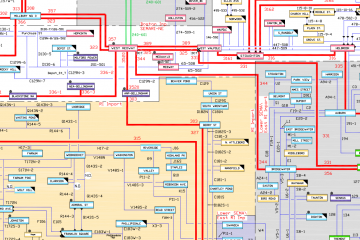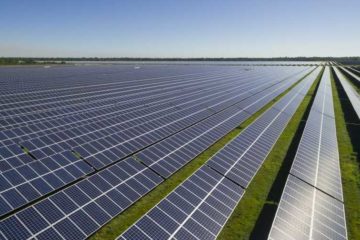
Everyone likes the idea of renewable energy and many people wonder why there aren’t more solar panels generating clean electricity in developed countries such as the United States, where solar and battery costs have declined to the extent that installing solar on a commercial or industrial building offers a very high return on invested capital, even if one excludes the value of federal solar investment tax credits (ITC) and accelerated depreciation. The short answer is – solar needs battery storage. When a solar PV system is combined with battery storage (usually lithium-ion), commercial and industrial (C&I) solar economics make sense. Without getting too technical, main benefits of the solar-battery combination are: cost reduction from on-sight (behind-the-meter) power generation, lower demand charges and backup power (the elimination of combustion engine-powered backup generators). These benefits require batteries which shield the system owner from changes in net metering policies.
So what’s the problem? America is a relatively easy country to do business in. The main obstacle is regulation – the fact that electric utilities are highly-regulated monopolies which generally cringe at the though of any change to their competition-free business model. Remember that utilities evolved and expanded under the central power station model and are regulated by local and state authorities. Most utilities have locked-in, guaranteed profits which are mandated by governments.
Electric utilities are generally not in favor of the “unbridled” expansion of solar PV for a number of reasons including: loss of volume-linked revenue as behind-the-meter solar arrays proliferate, loss of demand charge revenue and more complex grid management requirements associated with rising distributed generation capacity.
So how do we push for more solar without incurring the wrath of local utilities and state regulators? Herman K. Trabish addresses this issue in a recent article on Utility Dive. He comments, “…policymakers are trying new rate designs intended to drive solar-plus-storage growth the way NEM drove solar.” So there are policies which can address and resolve the obstacles which currently hold back the commercial and industrial solar + battery storage market.
On the financial and tech side of the equation, Sun Fund is working hard to develop a blockchain solar investment platform that will drive investment into the under-served commercial and industrial (C&I) solar market segment. Our distributed ledger platform will help individuals and institutional investors invest fractionally and directly into solar projects, which usually offer steady returns for up to 20 years. We are also helping property owners and solar developers gain access to project financing more efficiently by creating a “trustless” investment platform powered by blockchain. You can learn more about Sun Fund here.


